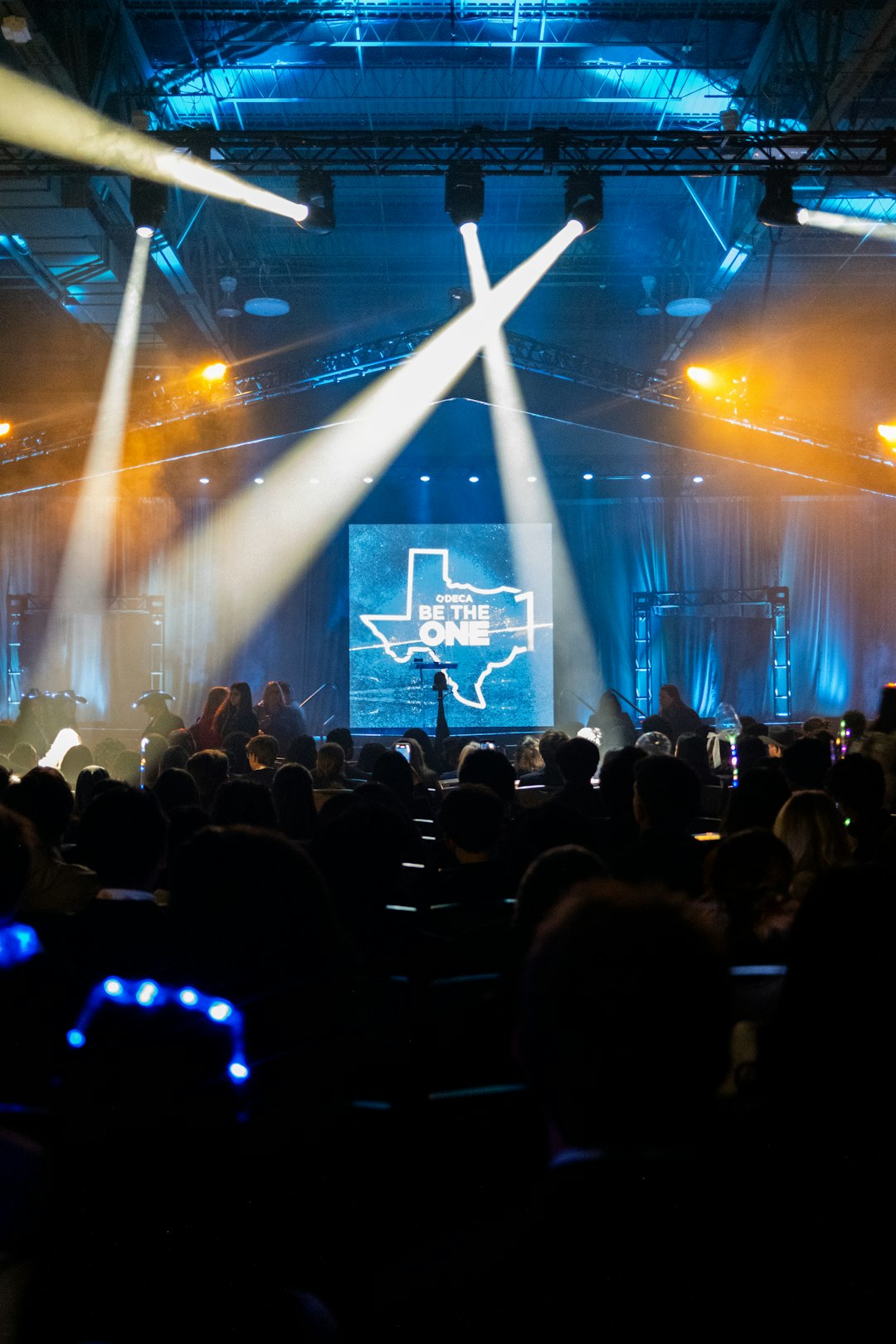Nostalgia is a powerful force that has been shaping modern media trends in recent years. From remakes and reboots of classic films and TV shows to the resurgence of vintage fashion and music styles, the influence of nostalgia can be seen everywhere in today’s popular culture. But why are we so drawn to the past, and how is it influencing the media we consume?
One reason for the prevalence of nostalgia in modern media is the rapid pace of technological advancement. Thanks to the internet and streaming services, we now have access to an almost infinite amount of content at our fingertips. With so much new material being produced every day, it can be overwhelming to keep up with all the latest trends. Nostalgia provides a sense of comfort and familiarity in a constantly changing world, allowing us to revisit the stories and characters that shaped our childhoods.
Another factor contributing to the rise of nostalgia in media is the aging demographic of the viewing audience. As millennials and Gen Xers become the dominant consumers of entertainment, they are seeking out content that speaks to their shared experiences growing up in the 80s and 90s. This has led to a resurgence of interest in classic franchises like “Star Wars,” “Jurassic Park,” and “Ghostbusters,” as well as the revival of beloved TV shows like “Full House” and “Saved by the Bell.”
In addition to film and television, nostalgia is also influencing other forms of media such as fashion and music. Vintage styles from the 70s, 80s, and 90s have made a comeback in recent years, with fashion designers drawing inspiration from iconic decades past. Meanwhile, musicians are sampling songs from the 80s and 90s in their own tracks, creating a sense of nostalgia for listeners who grew up listening to the original hits.
One of the most successful examples of nostalgia shaping modern media trends is the rise of the superhero genre in film and television. Superheroes have been a popular part of American pop culture since the 1930s, but they have experienced a resurgence in recent years with the success of franchises like Marvel and DC Comics. These films and TV shows tap into a sense of nostalgia for the comic books and animated series that many fans grew up with, while also offering a fresh take on classic characters and stories.
The nostalgic trend can also be seen in the world of gaming, with companies like Nintendo releasing updated versions of classic consoles like the NES and SNES. These retro consoles come pre-loaded with a selection of beloved games from the past, allowing players to relive their favorite childhood memories with a modern twist. Additionally, many new games are incorporating retro graphics and gameplay mechanics, appealing to both old and new fans alike.
But while nostalgia can be a powerful marketing tool for media companies, it is not without its pitfalls. Critics argue that the over-reliance on nostalgia can lead to a lack of originality in storytelling, with studios relying on existing franchises and formulas instead of taking risks on new ideas. Additionally, nostalgia can also breed a sense of exclusivity among fans, with some viewers dismissing newer iterations of beloved franchises as inferior to the originals.
Despite these criticisms, it is clear that nostalgia will continue to play a significant role in shaping modern media trends for the foreseeable future. Whether it’s through the resurgence of classic films and TV shows, the revival of vintage fashion and music styles, or the success of retro gaming consoles, the influence of the past on the present is undeniable. As long as consumers continue to crave the comfort and familiarity of their childhood favorites, nostalgia will remain a driving force in the ever-evolving landscape of popular culture.









